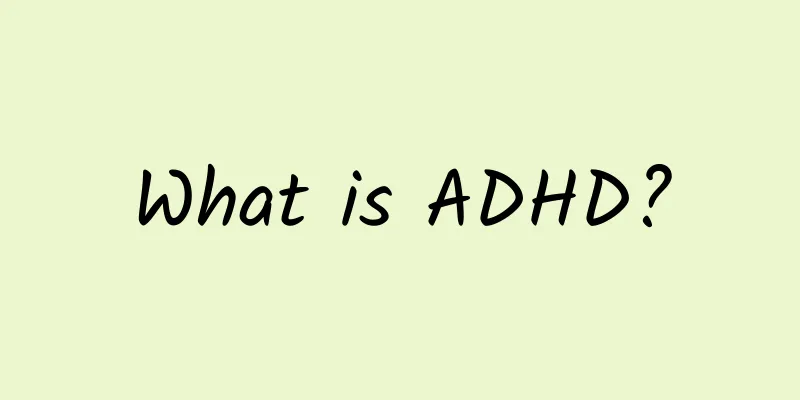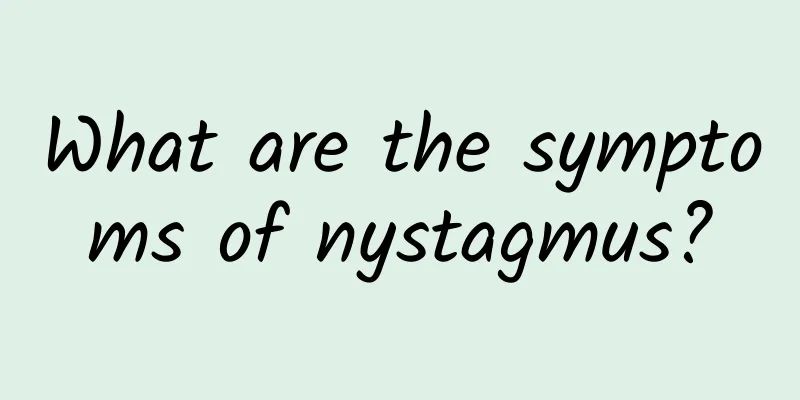What is ADHD?

|
ADHD, also known as attention deficit hyperactivity disorder or mild cerebral dysfunction syndrome, is a relatively common disease in children's abnormal behavior. The intelligence of such children is basically normal, but they may have defects in behavior, learning, and emotions. The main manifestations are inability to concentrate, excessive activity, easy excitement, etc. 1. Attention-based characteristics 1. Often fail to pay attention to details and make careless mistakes in schoolwork, work, or other activities; 2. It is difficult to maintain concentration when doing things or activities; 3. When others talk to him, he often acts as if he is not listening; 4. Often has difficulty following instructions and is unable to complete homework, chores, or work (not due to contrary behavior or inability to understand instructions); 5. Often have difficulty with organizational work or planning activities; 6. Frequently avoid or dislike activities or work that require effort; 7. Often forget things (such as books or things needed for work); 8. Easily distracted; 9. Often forget the things you need to do every day. 2. Hyperactive Characteristics 1. Often feel uneasy when sitting, play with hands or feet, or twist the body constantly; 2. Often stands up when required to sit, or leaves the chair during class; 3. Running around or being overly active in inappropriate situations (if they are teenagers or adults, they feel restless) 4. Having difficulty playing or working quietly; 5. Can't calm down, always doing something, or always moving; 6. Extremely talkative. 3. Impulsive Characteristics 1. Give the answer before others finish asking the question; 2. Unable to wait for his turn; 3. Often interrupts things/conversations at inappropriate times. Symptom criteria: The following symptoms are more common than most children of the same age, and eight of the following behaviors are required. (1) Frequent movement of hands or feet or twisting in sitting position. (Older children or teenagers may only feel subjective sitting discomfort). (2) They have difficulty sitting still when asked to do so. (3) Easily distracted by external stimuli. (4) Unable to patiently wait in line for a turn during a game or group activity. (5) Often rushes to answer questions before others have finished asking them. (6) Having difficulty following instructions given by others (not due to defiance or a lack of understanding), such as not completing household chores. (7) Having difficulty maintaining concentration on homework or games. (8) Often one task is not completed before another is moved on to another. (9) Difficulty playing quietly. (10) Often talkative. (11) Frequently interrupting or disrupting other people’s activities, such as interfering with other children’s games. (12) Often listens but doesn’t listen when others are talking to him/her. (13) Often loses items needed for study and activities at school or at home (such as toys, pencils, books, and exercise books). (14) Frequently engages in physically dangerous activities without considering the possible consequences (not for thrill seeking). |
<<: The difference between ADHD and naughtiness
>>: The difference between ADHD and naughtiness
Recommend
What are the symptoms of athetoid cerebral palsy?
Athetoid cerebral palsy generally refers to movem...
What wine can nourish the kidneys?
Nowadays, many people pay more attention to healt...
Septic shock
Sepsis is a disease with a relatively high incide...
What are the symptoms of post-polio syndrome?
Polio is a very serious disease. Once it occurs, ...
What is the cause of the blisters on the body? You need to know the treatment method
Herpes is a skin disease caused by a virus that c...
What medicine should I take if my kidneys are inflamed?
Kidney fire is usually a manifestation of excessi...
Is safflower oil good for muscle strain?
For people who pursue physical health, exercise i...
How to relieve vomiting due to kidney stones
Kidney stones are stones that appear in the kidne...
What should women eat to nourish the spleen and kidneys
Whether male or female, you should eat some food ...
What are the symptoms of progressive supranuclear palsy?
Many people do not understand what kind of diseas...
How to change from single eyelid to double eyelid
There are many ways to change single eyelids into...
Chronic myeloid leukopenia
I don’t know if you have heard of chronic myeloid...
What is the difference between anal polyps and hemorrhoids?
Anal polyps are a type of hemorrhoids, but they a...
Is epilepsy hereditary?
I believe everyone has heard that epilepsy is her...
Anti-inflammatory drugs for eyes
The human body is composed of various organs, and...









